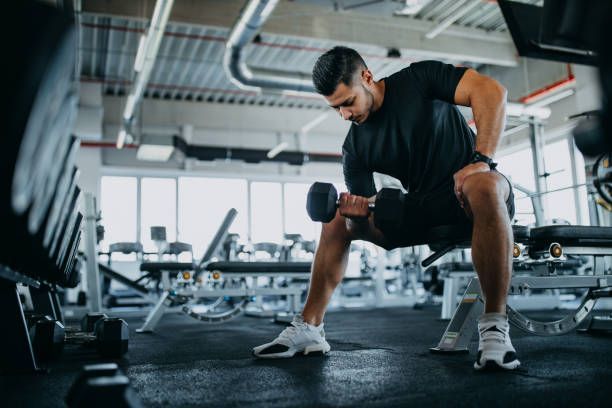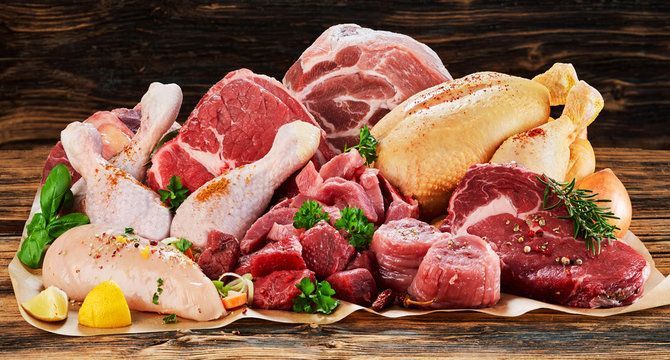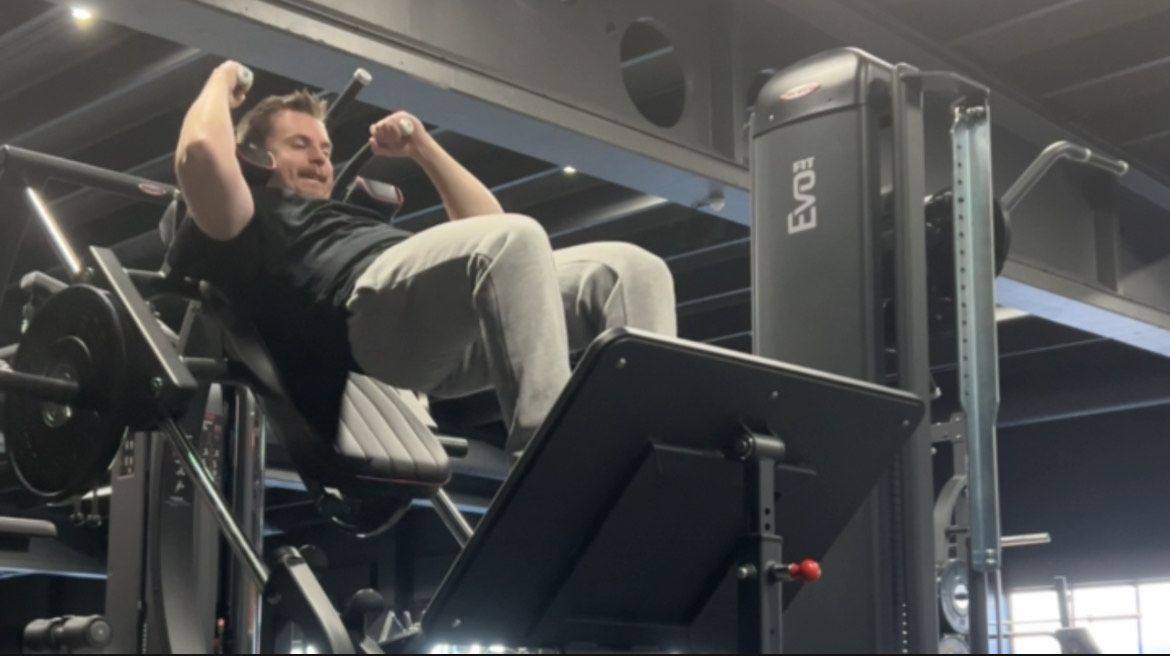The best glute exercises
Top 3 Glute Exercises For Building Strength And Aesthetics
Strong and well-developed glutes are not only important for aesthetics but also for overall strength, stability, and athletic performance. The gluteal muscles—comprised of the gluteus maximus, gluteus medius, and gluteus minimus—play a critical role in hip extension, rotation, and stabilization of the pelvis. Whether you’re an athlete looking to enhance your performance, or someone aiming to improve posture and appearance, incorporating targeted glute exercises into your workout routine is essential.
In this article, we’ll explore the top three exercises for strengthening, shaping, and building your glutes, explaining why these moves are effective and how to perform them correctly.
1. Barbell Hip Thrust
The barbell hip thrust is arguably the king of glute exercises. This movement emphasizes the gluteus maximus, which is the largest muscle in your body and key for developing strength and power. The hip thrust activates the glutes more than any other exercise, making it perfect for maximizing glute growth.
Why It’s Effective:
- The hip thrust provides peak glute contraction at the top of the movement, making it one of the best exercises for glute hypertrophy (muscle growth).
- It isolates the glutes better than traditional lower body movements like squats and deadlifts, where other muscles (quads and hamstrings) tend to take over.
- The hip thrust can be easily loaded with a barbell, allowing for progressive overload, which is key to muscle growth.
How to Perform:
- Sit on the ground with your upper back resting against a bench or sturdy platform.
- Roll a barbell over your legs, positioning it just above your hips.
- With your knees bent and feet flat on the floor, drive through your heels and lift your hips towards the ceiling.
- Squeeze your glutes hard at the top, ensuring your body forms a straight line from your shoulders to your knees.
- Lower your hips back to the ground and repeat.
Key Tips:
- Keep your chin tucked and core engaged throughout the movement to protect your spine.
- Ensure your knees stay aligned with your feet (avoid allowing them to collapse inward).
- Start with bodyweight or light weight, then progressively increase the load as you get stronger.
Sets and Reps:
- 3-4 sets of 8-12 reps, focusing on squeezing the glutes at the top of each rep for 1-2 seconds.
2. Bulgarian Split Squat
The Bulgarian split squat is a unilateral (single-leg) exercise that targets the glutes, quads, and hamstrings. By elevating the rear foot, this move shifts a greater load onto the front leg, placing more emphasis on the glutes and forcing them to work harder throughout the movement. It also improves balance, coordination, and core stability.
Why It’s Effective:
- The Bulgarian split squat places a significant stretch on the gluteus maximus, which is essential for muscle activation and growth.
- The unilateral nature of the movement helps to correct muscle imbalances between legs, ensuring equal development.
- It challenges stability and balance, activating smaller stabilizer muscles in the hips and core.
How to Perform:
- Stand a few feet in front of a bench or platform and rest the top of your back foot on it.
- Hold dumbbells at your sides or a barbell on your upper back.
- Lower your body by bending your front knee until your thigh is parallel to the ground.
- Push through your front heel to return to the starting position, focusing on squeezing your glutes.
Key Tips:
- Keep your torso upright and avoid leaning too far forward.
- Ensure that your front knee stays aligned with your foot and does not extend past your toes.
- Focus on the tension in your glutes by pushing through the heel of your working leg.
Sets and Reps:
- 3-4 sets of 8-10 reps per leg. Add weight as you become more comfortable with the movement.
3. Romanian Deadlift (RDL)
The Romanian deadlift is one of the most effective compound exercises for building the posterior chain, including the glutes and hamstrings. This movement emphasizes hip extension, which is a primary function of the glutes. The RDL involves a deep stretch in the hamstrings and glutes, making it a great choice for both strength and hypertrophy.
Why It’s Effective:
- The RDL places a deep stretch on the glutes and hamstrings, which is key for muscle activation and growth.
- It’s a compound movement, meaning it also engages the lower back and core muscles, promoting full-body strength and stability.
- It allows for heavy loading, making it easy to progressively overload the glutes and hamstrings over time.
How to Perform:
- Stand with your feet shoulder-width apart, holding a barbell or dumbbells in front of your thighs with an overhand grip.
- With a slight bend in your knees, hinge at the hips and lower the weight while keeping your back flat and chest up.
- Lower the bar or dumbbells until you feel a deep stretch in your hamstrings and glutes (the bar should reach around mid-shin level).
- Drive through your heels and extend your hips to return to the standing position, squeezing your glutes at the top.
Key Tips:
- Keep your back flat throughout the movement and avoid rounding your lower back.
- Focus on pushing your hips back rather than simply lowering the weight.
- Engage your core to protect your lower back.
Sets and Reps:
- 3-4 sets of 6-10 reps. Gradually increase the weight as your strength improves, but always prioritize form.
Bonus: Glute Activation Techniques
Before performing these exercises, consider doing some glute activation work to ensure your glutes are fully engaged throughout your workout. This can include:
- Glute Bridges: A bodyweight or banded exercise to warm up the glutes.
- Clamshells: Using a resistance band to activate the gluteus medius.
- Banded Lateral Walks: Focuses on the hip stabilizers and glute medius.
These warm-up movements will "wake up" your glutes and ensure they are firing properly during your workout, improving the effectiveness of the exercises.
Conclusion
Building strong and well-developed glutes takes consistent effort and a focus on quality exercises. The barbell hip thrust, Bulgarian split squat, and Romanian deadlift are three of the best exercises for maximizing glute activation, strength, and growth. By incorporating these movements into your training routine, along with proper nutrition and progressive overload, you’ll be well on your way to achieving stronger, more defined glutes.
Don’t forget to focus on proper form and gradually increase the load over time to avoid injury and ensure long-term progress. Whether your goal is aesthetics, strength, or overall athleticism, these glute exercises will help you reach your full potential!











